I received an all-expenses paid trip to San Francisco for the coverage of this press event for Disney•Pixar. However, all opinions are my own.
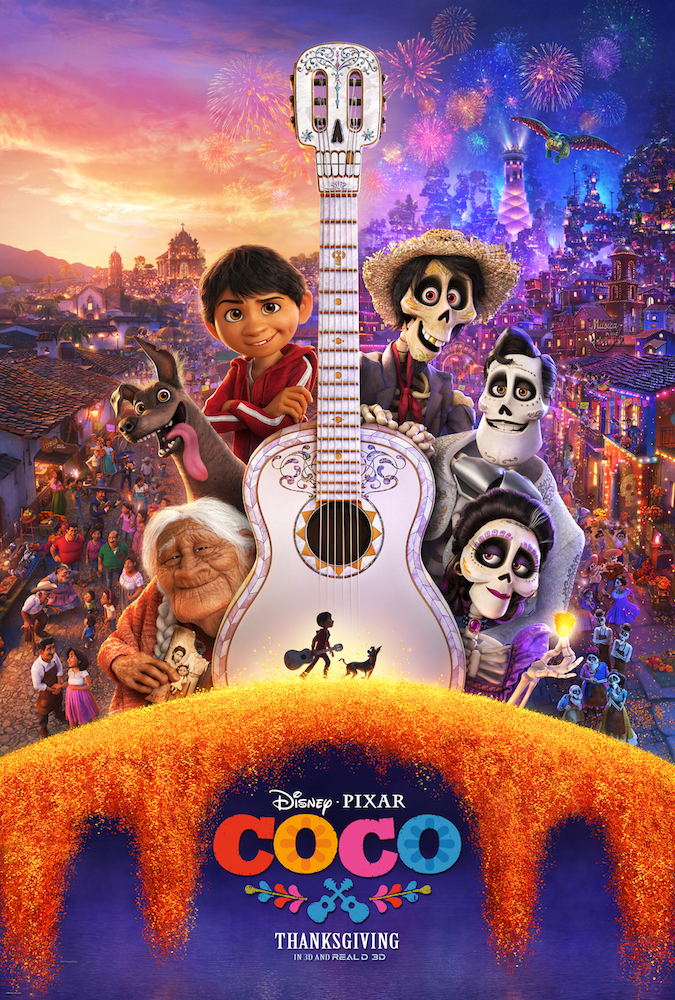
El Dia de Los Muertos has always been one of my favorite holidays. Not only does this celebration bring back wonderful memories but it also brings our family closer. That is why I loved having the opportunity to attend a press trip at Disney•Pixar studios where I learned about the inspiration behind their new film COCO and how the traditions of el Dia de los Muerto’s celebration helped shape the story of Miguel.
Dia De Los Muertos Traditions That Celebrate Family
El Dia de Los Muertos is a heritage tradition that is celebrated primarily in Mexico but also in other places like my home country of Guatemala; it’s roots go back to Mexico’s indigenous pre-colonial history. As part of the celebration, the souls of the dead are invited back to the land of the living to reunited with their loved ones. It’s like a grand family reunion, it’s a joyful celebration of those who have come before us and it’s a time for families to get together and share memories of those loved ones that are no longer with them. For our family El Dia de los Muertos has become even more meaningful because my kids don’t have any extended family (from my side) close by so they don’t haven’t really gotten a chance to get to know them and there are few opportunities to share stories about great-grandparents and other family members that have passed away.
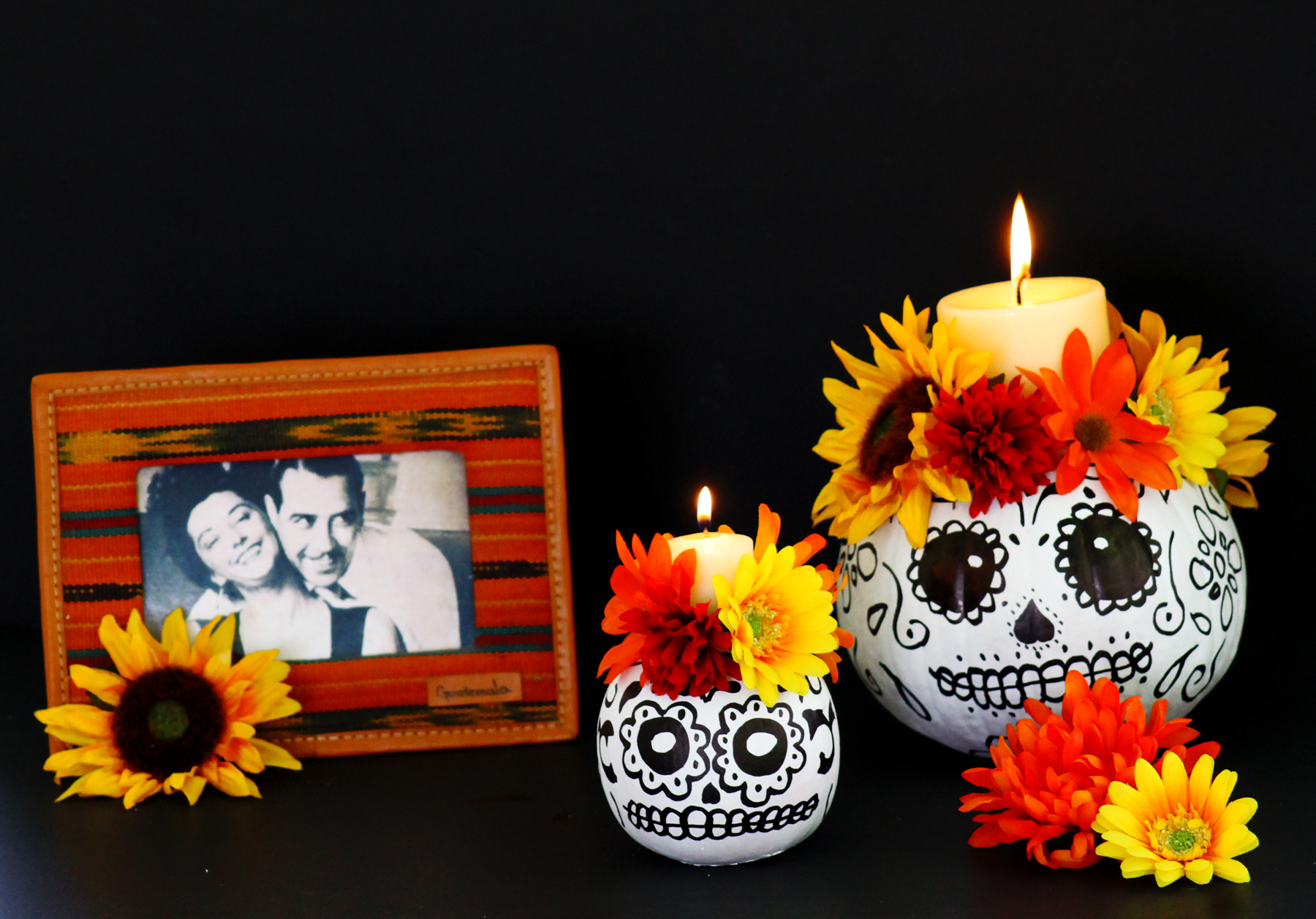
All of the customs associated with Day of the Dead have a unique purpose and a unique meaning. As the filmmakers from COCO learned about these traditions during their trips to Mexico they really wanted to infuse those meanings and purposes into the storytelling of COCO and from what I have seen they found a way to seamlessly weave and infuse them into the story and support the idea of the importance of families coming together.
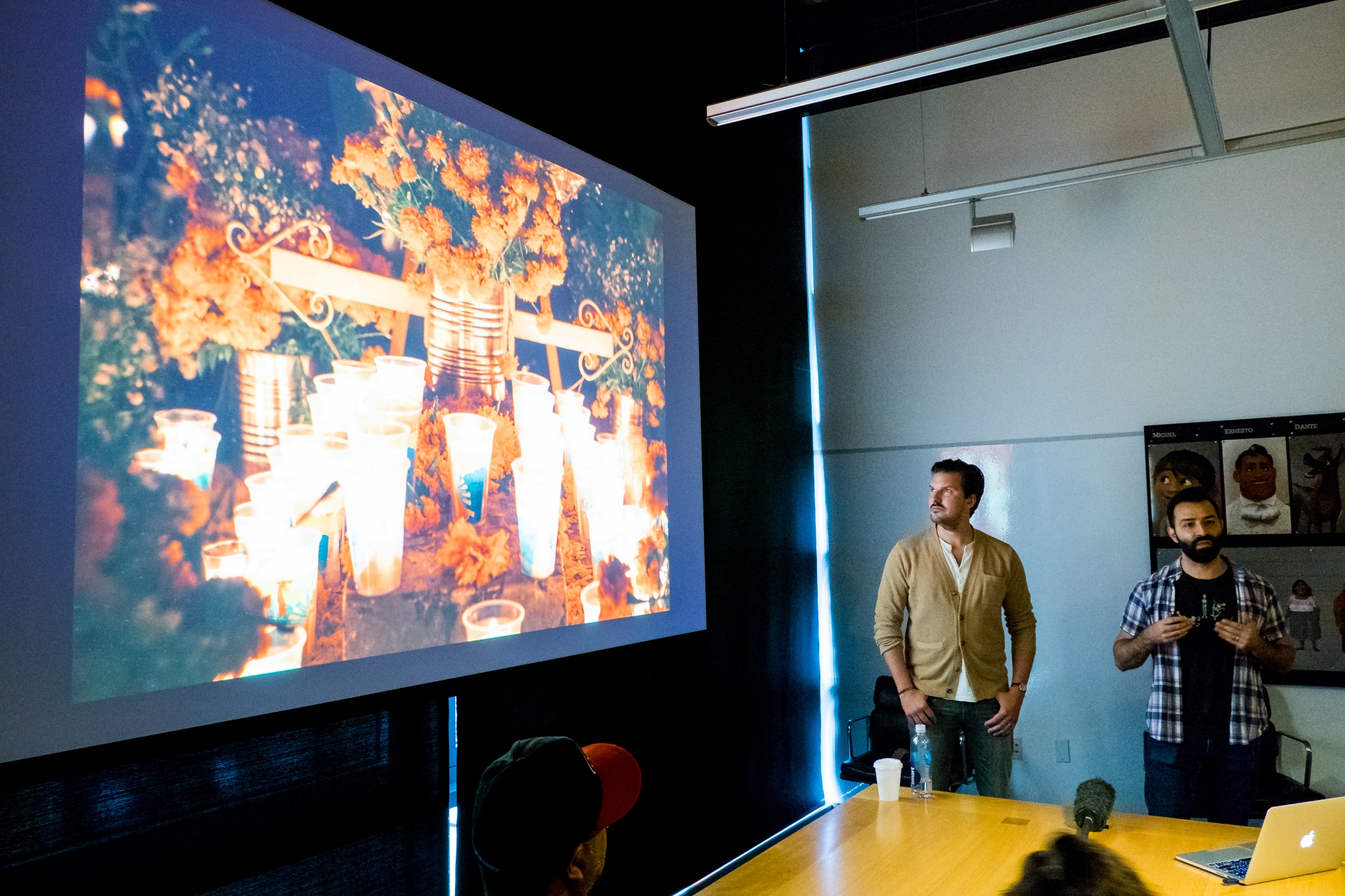
The Ofrenda: As part of the Dia de los Muertos traditions an altar is set up with candles, flowers, and photos of those family members that have passed away. It’s customary to also place food, drinks and things that your loved ones loved in life in the altars as an ofrenda (or offering) to help nourish them after their long journey. It also brings to life the idea that our ancestors are watching us and are connected to us.
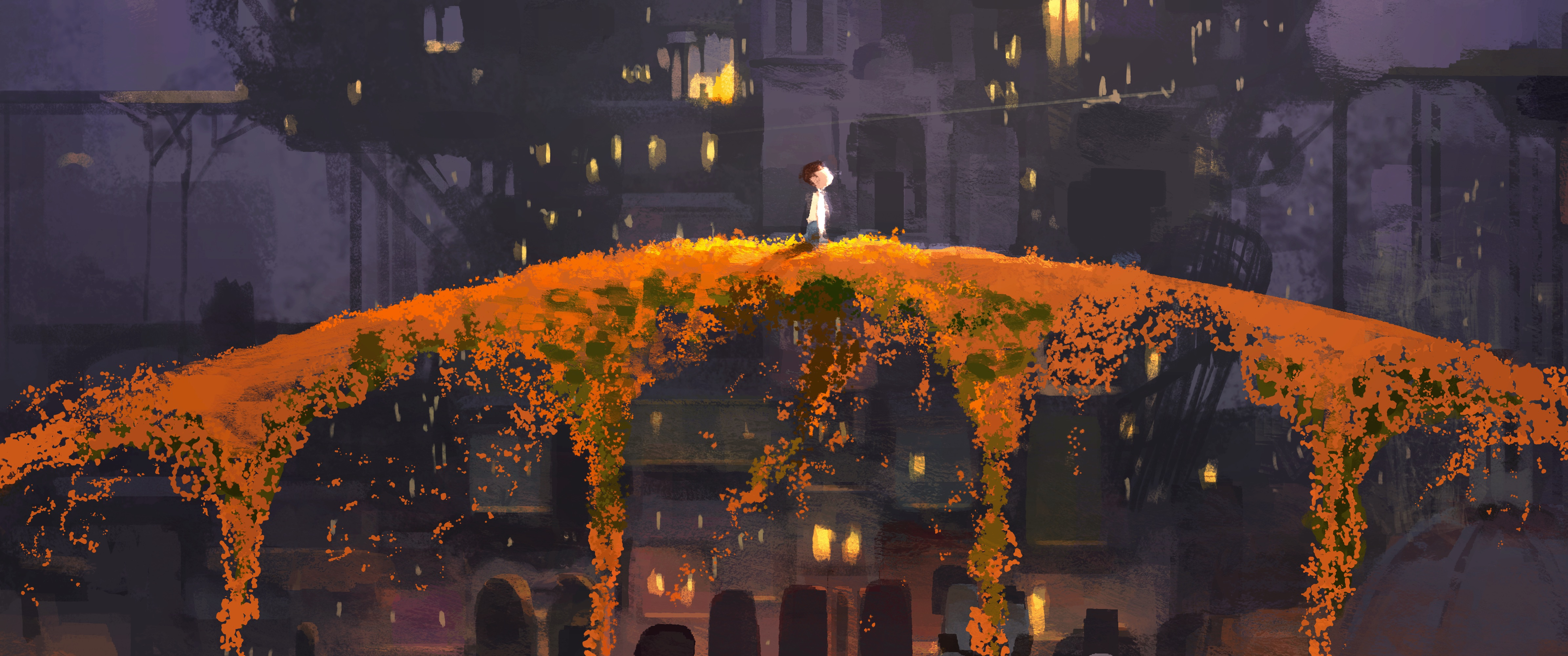
The Marigold Path: During the celebration of el Dia de los Muertos families will create a path of petals of cempazuchitl or marigolds. These paths are meant to guide the spirits back home. The color and scent of the cempazuchitl petals help the spirits find their way back. It’s also a beautiful symbol of how this path brings the generations together. The marigold path not only connects the land of the dead to the land of the living and the cemetery to the home but it also is used in the movie to support the idea of finding the path that you have charged for yourself and what is the path that your family has for you.
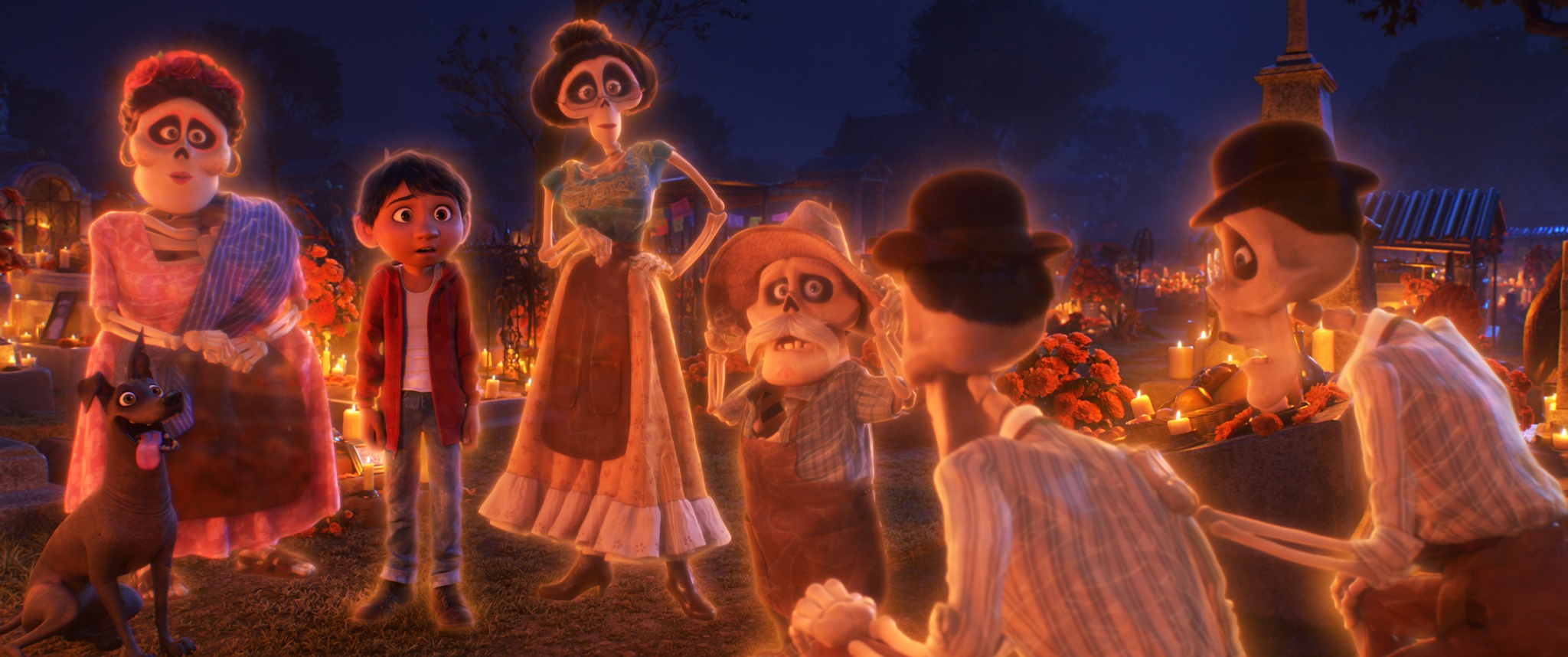
The visit to the cemetery: As part of the Day of the Dead traditions families get together at the cemetery where they will sweep and wash the graves of their family members and decorate them with flower arrangements. I remember going to the cemetery with my mom, aunt, and grandmother and visiting the family mausoleum where we would leave beautiful flower wreaths. This is a quiet occasion but also a joyful occasion that is often accompanied by music and even parades. It’s a beautiful moment of togetherness and reunion and in COCO it’s also used as a place of reunion for the family.
Even though I don’t believe that my loved one’s souls or spirits come back from the Land of the Dead on el Dia de los Muertos having their photos displayed, talking about them and sharing our favorites memories of them does in a way “bring them back” and makes them feel closer. It also helps us get to know them better as different family members share their own stories and fondest memories about them and in the process, we often find ourselves identifying with the and finding similarities with them. The same is true in the movie COCO. When Miguel finds out that his idol the famous musician Ernesto de la Cruz, is also an ancestor he gains a deeper understanding of who he is and this fuels his desire to follow his dream of becoming a musician himself.
Why Disney•Pixar COCO Brings Latinos Together
As a Latina mom, I sometimes feel like I try too hard; I go out of my way to make traditional dishes (sometimes unsuccessfully), talk about our Guatemalan heritage every chance I get and make my kids read books about my country’s history and legends. I don’t want my kids to miss out on all of those amazing and rich traditions that I grew up with and I want to share and sometimes overshare all of those elements of my culture that my kids are not exposed to because we live in the U.S.
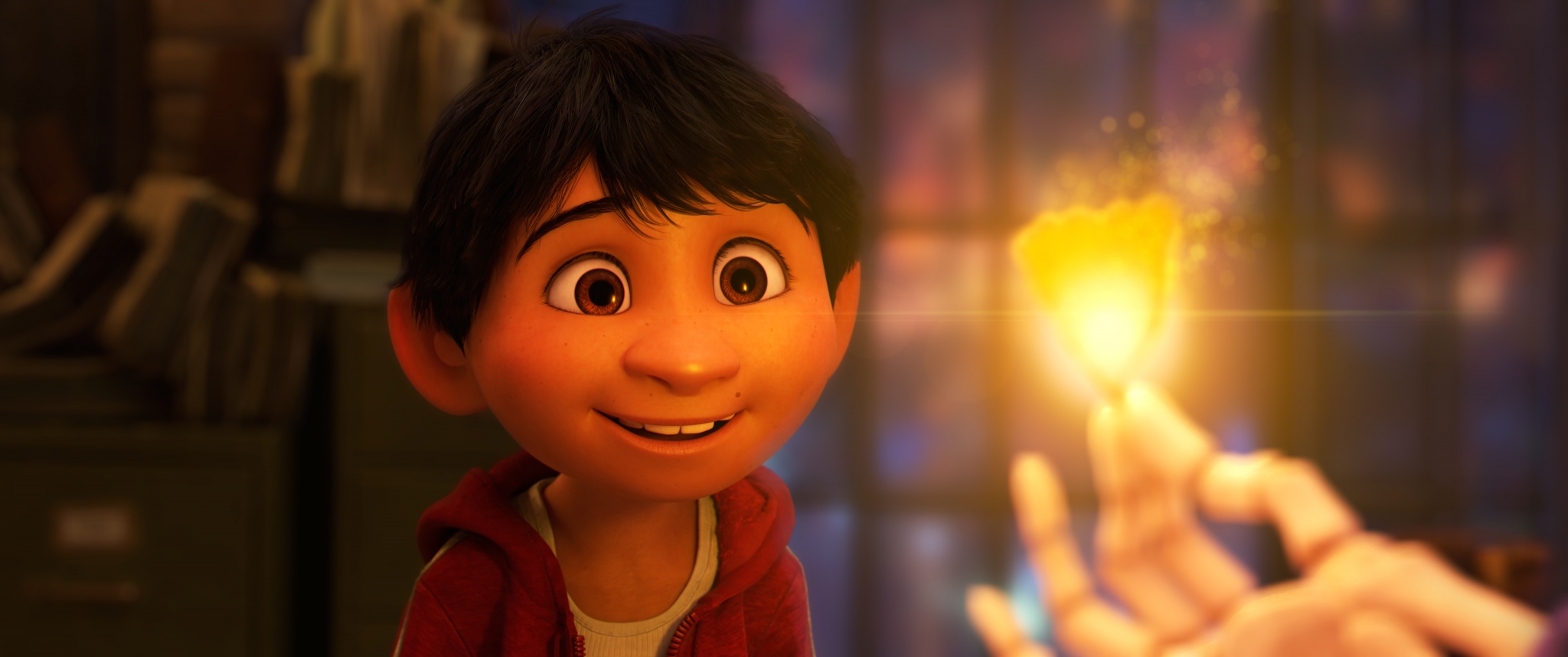
Even though Latinos make up over 18% of the U.S population it’s hard to find mainstream movies and books where Latinos have representation and where the Latino culture is showcased or even find Spanish or bilingual movies or books. But that is about to change with the release of Disney Pixar’s COCO. This is a Disney•Pixar movie set in Mexico, with an all-Latino cast that includes huge Latino star-power like Gael García Bernal (as the trickster Hector) and Benjamin Bratt (as Miguel’s Idol Ernesto de la Cruz) along with newcomer Anthony Gonzalez, who by the way is of Guatemalan descent. Squee!!! Not only that but the movie is filled with images, traditions, and sounds of a culture that is so close to mine and which go beyond the customs related to the Day of the Dead. And I’m not the only one squealing with delight, all you have to do is go to twitter and you’ll find Latinos in the U.S. and beyond excited about finding so many elements they can relate to in the movie trailers and posters. For Latinos COCO is huge, it’s even bigger than Elena of Avalor (Disney’s first Latina Princess); it’s a movie where the hero is a Latino kid that my son can see himself in and who has an abuelita that calls him m’ijo (I’m in my 40’s and my dad still calls me m’ija) and threatens people with a chancla. Yes you read that correctly: the iconic “chancla” has a supporting role in a Disney•Pixar movie. And it’s things like these that take COCO to a whole new level.
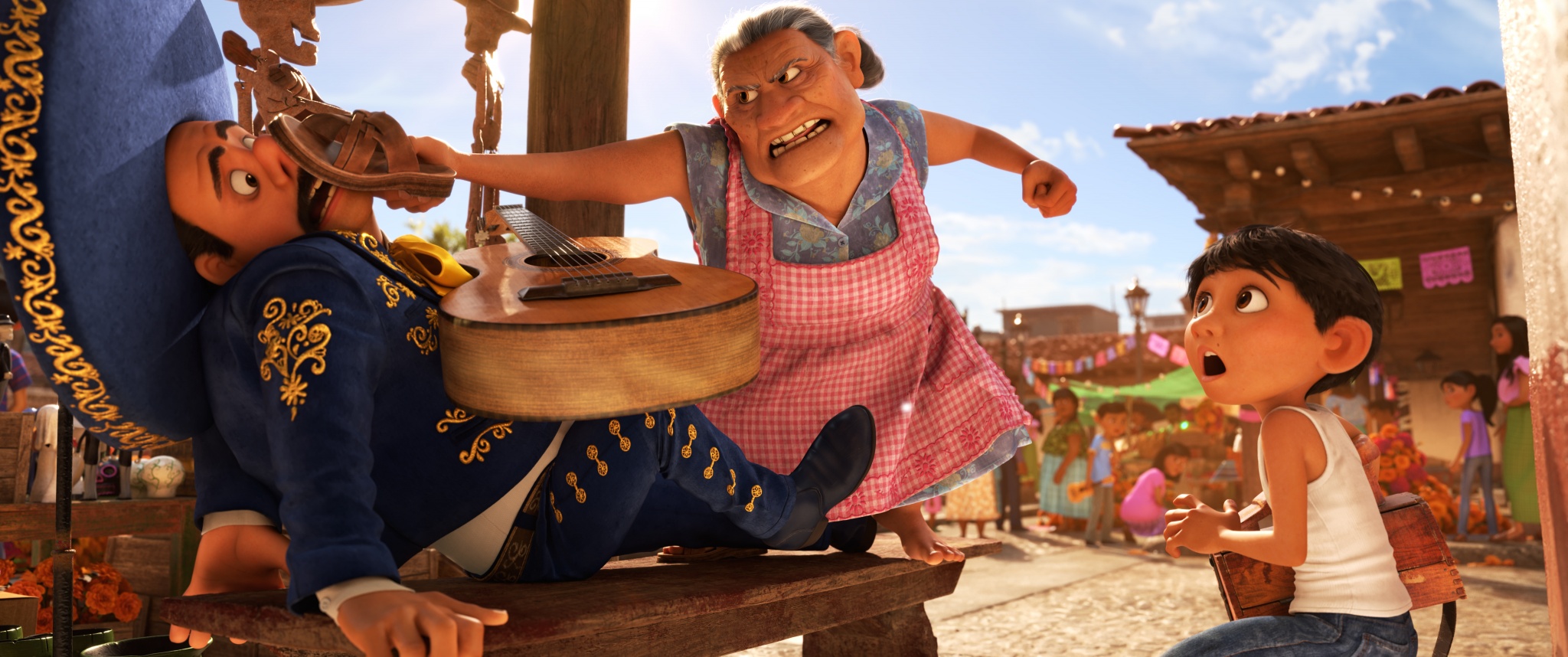
COCO is an animated movie that instead of adding some Latino culture as something colorful or humorous in order to up the entertainment value is telling a story about the importance of family and following your dreams, a story everyone can relate to, in a Mexican setting that feels authentic and real. Hearing Miguel and his family use familiar words in Spanish, cook traditional foods and observe traditions that many Latinos share has a sentimental value as it is tying us to family, friends, and the international community that shares in those experiences.“The story of ‘Coco’ is inspired by Mexico’s people, culture, and traditions,” says director Lee Unkrich. “We really wanted to explore the family bonds that tie us to the generations that came before us,” continues Unkrich. “This story is about celebrating our past—even as we look to the future.” I the opportunity to watch the first 30 minutes or so of the movie (which was still unfinished) and in every scene there was something I found relatable, from the small town plaza to Ernesto de la Cruz’s resemblance to iconic silver screen actors like Jorge Negrete and Pedro Infante.
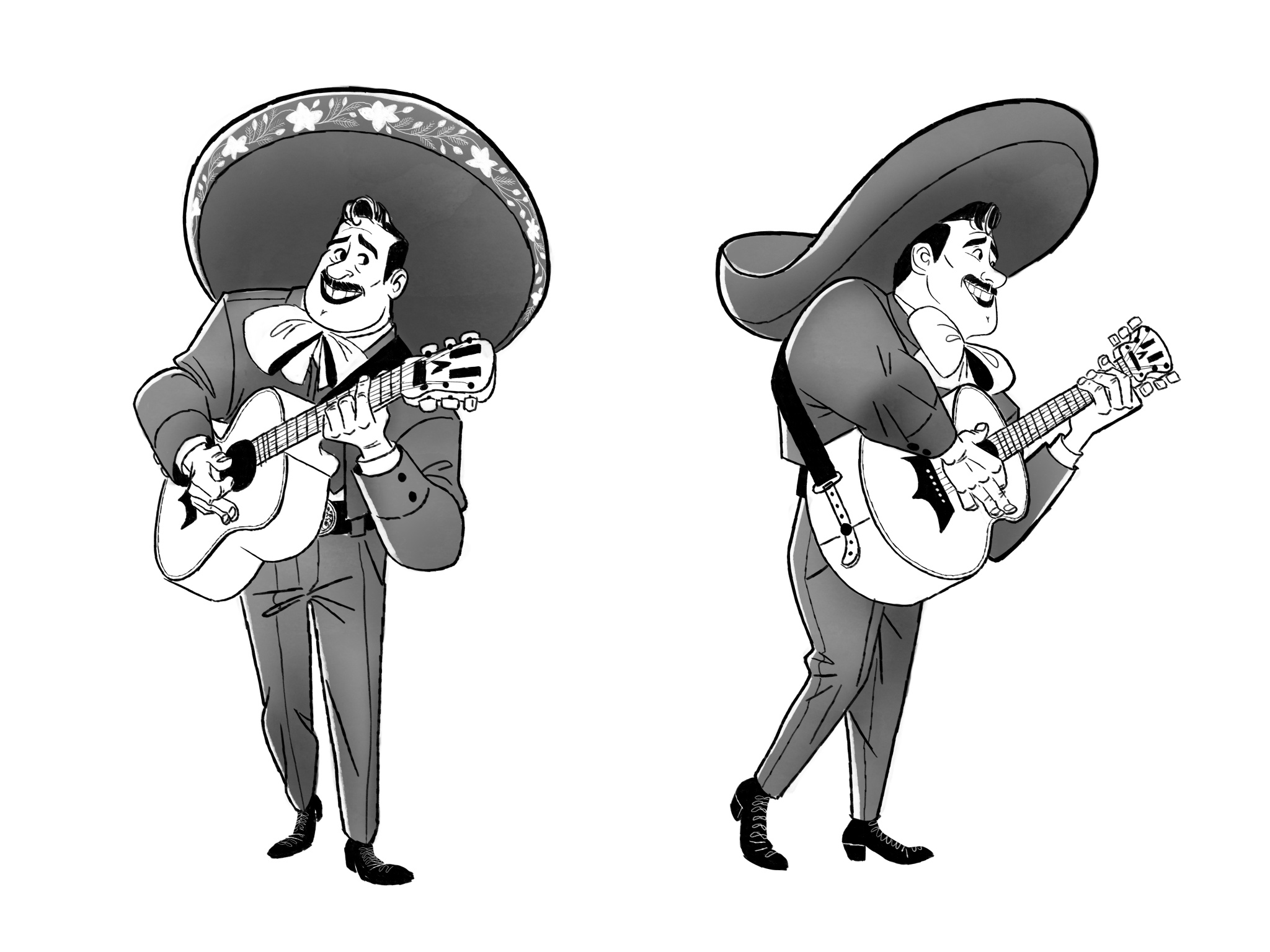
“The story of ‘Coco’ is inspired by Mexico’s people, culture, and traditions,” says director Lee Unkrich. “We really wanted to explore the family bonds that tie us to the generations that came before us,” continues Unkrich. “This story is about celebrating our past—even as we look to the future.” I the opportunity to watch the first 30 minutes or so of the movie (which was still unfinished) and in every scene there was something I found relatable, from the small town plaza to Ernesto de la Cruz’s resemblance to iconic silver screen actors like Jorge Negrete and Pedro Infante.
Check out the new trailer for Disney•Pixar COCO and you’ll see what I’m talking about!
Coco hits theaters in the US on November 22nd, a few weeks after El Dia de Los Muertos. You can read more about Disney•Pixar’s COCO by visiting the Disney Movie website HERE. And be sure to follow the hashtag #PixarCOCOEvent on Twitter as I and a wonderful group of fellow bloggers share all about COCO.
You can also like Pixar COCO on Facebook, get the latest updates through @PixarCOCO on Twitter and follow @PixarCOCO on Instagram.
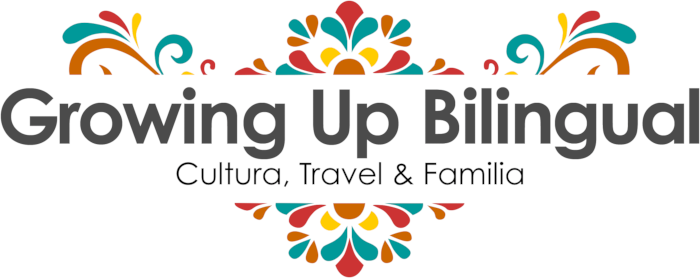


Hola! I Hope you’re doing well! I came across your blog while searching for Disney blogs to read! I love it! Mi familia and I saw Disney’s Pixar’s Cocoa over dia de gracias last year. We loved it! I agree with everything you said re: this wonderfully, beautifully and amazingly told story about familia, music and never giving up on your dreams! I loved all the Spanish they used, as well as how deeply they dove into Latin culture! The only thing I didn’t appreciate was the Frozen short before the movie. It was too long and didn’t serve a purpose. They should have made an Elena of Avalor one about dia de los muertos and shortned it by fifteen minutes. Also, my Papa also still calls me mija as well! Even though I’m Latina, I didn’t grow up in a familia who celebrated dia de los Muertos. The first time I was exposed to it was through Elena of Avalor. I love both episodes that highlight the holiday, Jewel of Maru being my favorite! In saying this, I appreciated the detail you used in your post. It allowed me to see everything in my mind’s eye. Muchas gracias for that! There’s only one thing you said that I respectfully disagree with. And that was Cocoa is bigger than Elena of Avalor. While listening to my screenreader, a program that reads text aloud to me due to my blindness, read that, I frowned. Then I said aloud, “Wait a minute. They both have their place.” There’s room for both in the world. I happen to love both, even if I can relate more to Elena on a personal level. Both Elena of Avalor and Cocoa have strong messages of familia in them as well as empowering music. I find myself singing one or more of Elena’s empowering and soothing songs every day. They’ve gotten me through many a tough time in the last two years. The bond Elena shares with her Hermana, Isabel, Isa as she calls her is one of my favorite aspects of the show, along with Elena’s bond with her best friend, Naomi Turner. Elena is brave, compassionate, bold and not afraid to go against the crowd if it means helping her familia and kingdom. She sees her kingdom as an extension of her familia, which I love. In the entry you wrote where you reviewed Elena and the Secret of Avalor, you had nothing but positive things to say about Avalor’s future ruler. What happened between that post and this one? I’m truly curious. Elena is helping me on a journey of trauma recovery. She’s been a true blessing in my life. My best friend and I host an Elena of Avalor podcast called Spirit of Avalor. I encourage you to check it out. It’s familia friendly and we have fun reviewing episodes and interviewing show runners.
Gracias for taking the time to read my thoughts.
Lauren